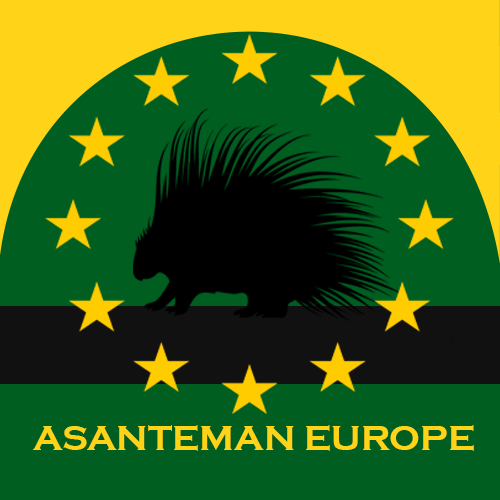THE KUMASI TRADITIONAL COUNCIL
The Kumase Traditional Council (KTC) was established under section 12 of the Chieftaincy Act, 1971 (Act 370). Under the Chieftaincy Act, 1961 (Act 81) which was replaced by a Chieftaincy Act, 1971 (Act 370), the Kumase Traditional Council was known as Kumase State Council, which was established under the State Councils (Ashanti) ordinance of 1952 (No. 4). It was earlier known and called the Kumase Divisional Council.
The traditional jurisdiction of KTC covers the whole of Kumase Metropolitan Assembly area and some areas in the Ashanti and Brong Ahafo Regions of Ghana. It comprises of Krontire, Akwamu, Adonten, Benkum, Gyaase, Ankobia, Kyidom, Oyoko, Mawere and Nkosuo divisions. Each of these divisions has its own Divisional Council.
The Asantehene is the President of the Kumase Traditional Council. The Krontihene of Kumase who is also the Bantamahene is the Vice-President of the Council.
The day to day administration of the Kumase Traditional Council is headed by a Traditional Council Registrar. The Registrar is supported by some core officers. The KTC has executive jurisdiction to hear and determine any cause or matter affecting chieftaincy which arises within its area not being one to which the Asantehene is a party. In other words, KTC has jurisdiction to hear and determine all chieftaincy disputes except that which involves the Asantehene.
The KTC is responsible for the registration of new chiefs and the removal of chief’s name from the Chiefs Register when the chief ceases to perform his function as chief through death, abdication or destoolment. It is the duty of the Council to notify the public in the gazette about the installation of a chief. The council’s Research Unit is responsible for review and compilation of customary laws and lines of succession to each stool within the Kumase Traditional area. The KTC is also responsible for the administration of Kumase stool lands.
The Kumase Traditional Council is the largest traditional council in the country. It has a complex administrative structure which is different from the other Traditional Councils. In addition to the Kumase Traditional Council which is a statutory institution, there are other offices within the Kumasi Traditional Council which are non-statutory. The non-statutory offices are the Asantehene’s Secretariat, Asantehene’s Lands Office and the Kumase Traditional Council Arbitration Court. The Asantehene’s Secretariat is headed by a Chief of Staff who co-ordinates all the activities of the non-statutory offices of the Asantehene. The staff of the Kumase Traditional Council which is headed by a Traditional Council Registrar are paid from the consolidated fund while non-statutory staff are paid by the Asantehene. Until 2005 the head of the Asantehene Secretariat was the Private Secretary to the Asantehene.
2.1 Records of Kumase Traditional Council
As stated above, Kumase Traditional Council performs many functions. In the transactions of its business, the KTC creates and receives records to document its functions and activities.
The Kumase Traditional Council started documenting its functions and activities from 1926 when Nana Agyeman Prempeh I (1888-1931) was re-installed as Kumasehene after his exile to the Seychelles Island from 1896 to 1924 by the British Colonial Administration. It should be noted that the office of the Asantehene was abolished from 1896 to January 1935. Until the re-installation of Nana Prempeh I in 1926, Kumase division was administered by the Council of Kumase Chiefs which was formed in 1905 to advise the Ashanti Chief Commissioner on matters concerning Kumase and its environs. The Chief Commissioner of Ashanti appointed a Council of Kumase Chiefs and the Chief Commissioner was the president of the council.
Before 1926 there was no documentation of the activities of the office of the Asantehene as the king and his people were illiterates. Meetings and courts held were not recorded as all activities were transacted orally. It was when Nana Agyeman Prempeh I was re-instated as Kumasehene in 1926, that the office of the Asantehene and the Kumase Traditional Council functions and activities were recorded. It is gratifying to note that Nana Prempeh I returned from exile to Kumase as a literate person. From 1926 to date, records are created and received by the Kumase Traditional Council. Some of the records of Kumase Traditional Council include correspondence, circulars, minutes, reports, court record books and dockets, memoranda, stool histories and publications.
The holdings of the Kumase Traditional Council records contain a number of papers from the reign of Nana Agyeman Prempeh I (1926-1931) onwards. Records from the reigns of Otumfuo Osei Agyeman Prempeh II (1951- 1970), and Otumfuo Opoku Ware II (1970-1999) are available in the Manhyia Archives.
Source: The Kingdom of Asante
